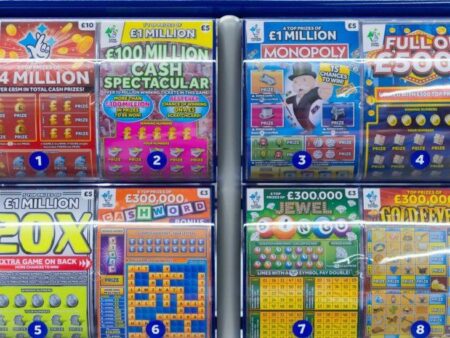In the realm of blackjack, understanding deck penetration can be the difference between winning and merely playing. Essentially, deck penetration refers to how deep into the shoe the dealer goes before reshuffling the cards. This concept holds minimal significance for the casual player but is pivotal for card counters.
What is it?
Deck penetration is indicated by the placement of the cut card in a blackjack shoe. The deeper the cut card is placed, the higher the deck penetration, and the more cards are played before the reshuffle. This deeper penetration is crucial for card counters because it increases the accuracy of their count, thereby enhancing their advantage over the casino.
For card counters, deck penetration is often considered second in importance only to playing in games where blackjack pays 3 to 2 rather than 6 to 5. Better penetration allows card counters to see more cards before the deck is reshuffled, making their counting efforts more effective and potentially more profitable.
Most players prefer a game where the deck penetration is deep—perhaps only half of a double-deck is cut off, even if it means dealing with rules that aren’t as favorable, like the dealer hitting on a soft 17. The reason is straightforward: more cards seen means more information and better adjustments to betting and strategy based on the remaining cards.
How does it benefit the player?
Despite the benefits it brings to skilled players, many casinos are aware of how deck penetration can affect the game’s outcome. Consequently, while some gambling establishments in Las Vegas still offer good penetration, ranging from 1/2 to 2/3 of a deck cut off in a double-deck game to about a deck in a six-deck shoe, others have tightened their cut card practices significantly. This shift reflects a balance between maintaining the speed of the game and protecting the house from skilled players who can exploit deep penetration.
The card counting community understands the erosion of beneficial house rules over time; from minor rule changes that slightly increase the house edge to more significant changes like the introduction of 6 to 5 blackjack payouts, which substantially alter the game’s dynamics. Yet, despite these changes, deck penetration has not universally worsened, and in some cases, it has even slightly improved from the late 1980s to now.
However, casinos’ willingness to offer deeper penetration occasionally stems not from a generosity of spirit but from a calculated decision to maximize profit. Faster games mean more hands per hour, which typically results in higher earnings for the casino. This is why some venues have shifted to using continuous shuffle machines, which speed up the game but are often unpopular with players and come with their own costs.
Ultimately, understanding and leveraging deck penetration can provide a significant edge in blackjack, but it requires careful consideration of the game’s context and the specific casino environment. For players interested in exploring more about blackjack strategies and finding the most player-friendly games, visiting UK casinos can provide valuable insights and opportunities. Here, you can learn more about game dynamics and how to enhance your playing strategy within the guidelines of safe and responsible gambling.










